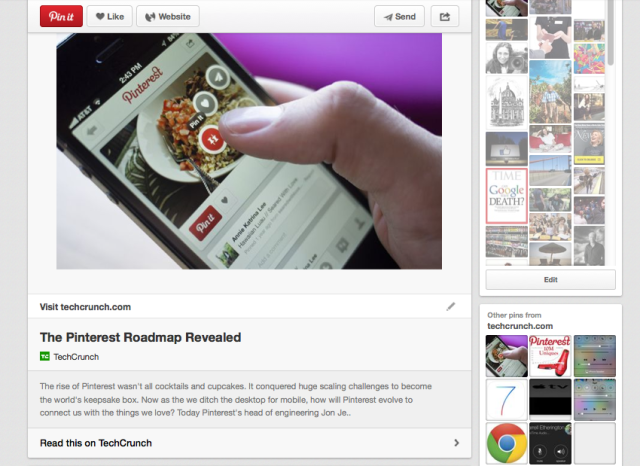Five Tips for More Effective Blogger Outreach
Whether your blog is for commercial or personal purposes, business or pleasure, outreach to other bloggers is essential for building your readership and making lasting connections within the industry. Guest blogging can be a challenging and rewarding way to reach new readers and maintain relationships with like-minded individuals. These five tips will help lead you to more effective blogger outreach campaign.
1. Know your Targets
You may have some bloggers in mind already that have amazing blogs which you read daily, but finding bloggers that have a similar audience is the most important step in blogger outreach. Sketch out what your ideal blogger would look like if you had your choice. Decide what niche topics and broader topics you would like to write about and find bloggers in those areas. Websites like Technorati, BlogCatalog, and Alexa can be helpful in finding bloggers with a large audience that may cater to similar readers.
2. Be Genuine and Explain Your Purpose
Many larger blogs have experience with guest posting and solicitations of guest posting. Most blogs will have guidelines already established for guest posts. Make sure to read these guidelines carefully and follow them when sending correspondence or writing guest posts. Make sure that those you are reaching out to understand that your work will be totally original, and is not meant to be self-promotional. If their readers log on to read their work and find yours, the least you can do avoid making a commercial for your blog.
3. Build a Good Rapport
Remember that other bloggers are probably a lot like you. They will be able to see through attempts to stroke their ego just to get a spot on their blog. This is especially true if they have a particularly large audience and receive many requests for guest posts. They also know that your guest post will be more beneficial for you than it will be for them, so try and allow your writing to speak for itself.
4. Bring Your Best Material
If you write a sub-par article on your blog, you are going to be given a little more slack by your regular readers who are used to being thoroughly entertained by your words. First impressions are important and any writing done as a guest blogger needs to be top notch. Make sure you are bringing the best you’ve got. You want to give people a reason to come look over your permanent blogging home.
5. Maintain Relationships
Even after you have submitted and posted as a guest blogger, make sure to maintain those relationships. You never know when connections might start to pay off. While a guest post may help drive traffic to your site, it could also create opportunities for you in other ways in the future.
Hopefully these tips can assist in helping to build a strong network for you and other bloggers. Bringing readers of similar interests together is the goal behind most blogs. Hopefully collaboration using these tips can help to strengthen the community you are helping to build.


